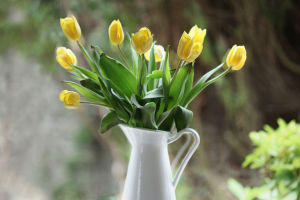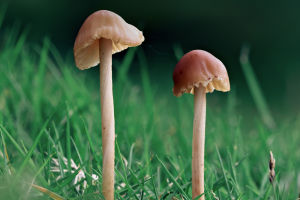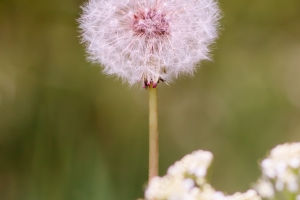
Growing Hyacinths

Household potted flowers can be enriched by planting one or two pots of hyacinths for both their visual appeal and intoxicating fragrance. Hyacinths are renowned for their potent aroma, purportedly the most fragrant among all flowering plants.
They boast large, vibrant blooms in various colors, including white, yellow, pink, red, blue, and purple, emitting a heady scent that distinguishes them as premier horticultural specimens worthy of home cultivation.
Hyacinths' Growth Characteristics:
Hyacinths thrive in sunny conditions, exhibit cold tolerance, and flourish in relaxed, moist environments with loose, fertile sandy soil while avoiding waterlogging.
They prefer warm and humid winters and cool and slightly dry summers and thrive with ample sunlight or partial shade. Hyacinths require fertile, well-drained, loamy soil and can be grown on the ground, in pots, or water.
Related
 Extend fresh flower lifespan with proper care techniques and attentive maintenance.
Extend fresh flower lifespan with proper care techniques and attentive maintenance.
 Growing roses requires choosing the right variety, proper care, and attention to soil and sunlight for beautiful blooms.
Growing roses requires choosing the right variety, proper care, and attention to soil and sunlight for beautiful blooms.
 Understanding Their Classification and Characteristics.
Understanding Their Classification and Characteristics.
 Explore the allure of exceptional succulents: Beginner-friendly elegance.
Explore the allure of exceptional succulents: Beginner-friendly elegance.
 Dandelions disperse with fluffy parachutes, growing effortlessly and offering diverse benefits.
Dandelions disperse with fluffy parachutes, growing effortlessly and offering diverse benefits.
 Lotus covered with treasure! Eating fresh is very different.
Lotus covered with treasure! Eating fresh is very different.
Rooting occurs in autumn, with new shoots emerging in early spring, flowering in March, fruiting in late May, and partial withering of above-ground parts entering dormancy in early June. During dormancy, flower bud differentiation occurs optimally at around 25°C, lasting about a month. Following bud differentiation, there should be approximately two months of low-temperature conditions before elongated growth, with temperatures not exceeding 13°C.
Throughout the growth process, hyacinth bulbs exhibit optimal root growth at temperatures of 2-6°C, shoot emergence at 5-10°C, leaf growth at 5-12°C, and flowering benefits most from temperatures between 15-18°C. Bulb storage temperature ranges from 20-28°C, with 25°C optimal for flower bud differentiation. Hyacinths can tolerate brief periods of frost.
For spring flowering, hyacinths can be grown hydroponically or in soil. However, during cultivation, attention must be paid to ensuring balanced light exposure to prevent crooked growth. If crooked growth occurs, several methods can be employed for correction:
1. Place the plant in a location with balanced light exposure, avoiding uneven light, which can contribute to crooked growth.
2. Regularly rotate the flower pot to ensure uniform light exposure benefits home cultivators.
3. If crooked growth tendencies appear early, gently adjust the plant by applying slight pressure to guide it back into an upright position, as plants possess some flexibility and can revert to a more erect stance.

4. If uneven light is present due to one-sided illumination, placing a mirror in a shaded area can reflect light and balance exposure, correcting any crookedness.
5. Utilize strings or fabric bags to tie and adjust the direction of the plant, aiding in straightening.
6. Use aluminum foil to block light on the side where crooked growth is observed, encouraging the plant to grow straight.
With proper care and attention to light exposure, hyacinths can thrive and contribute their delightful fragrance to any home environment, enhancing its ambiance and beauty.